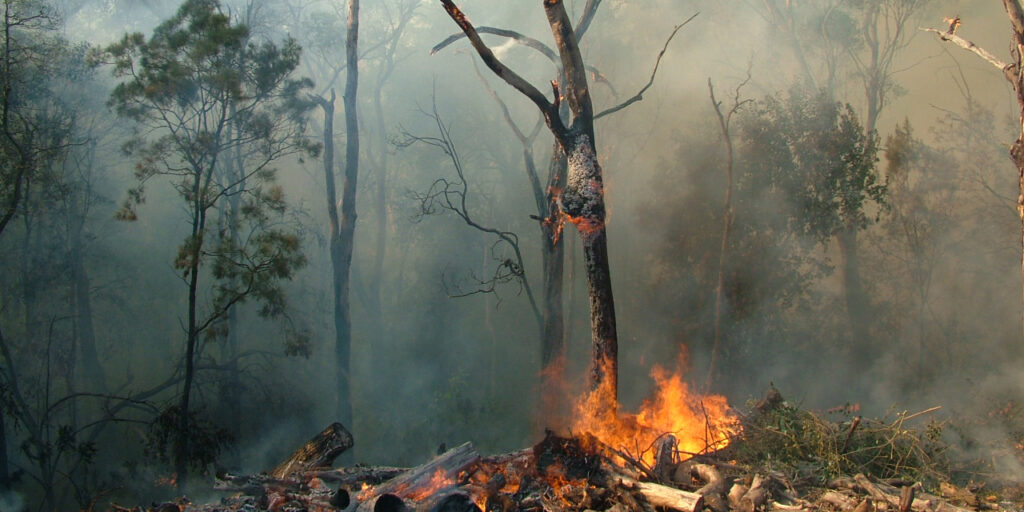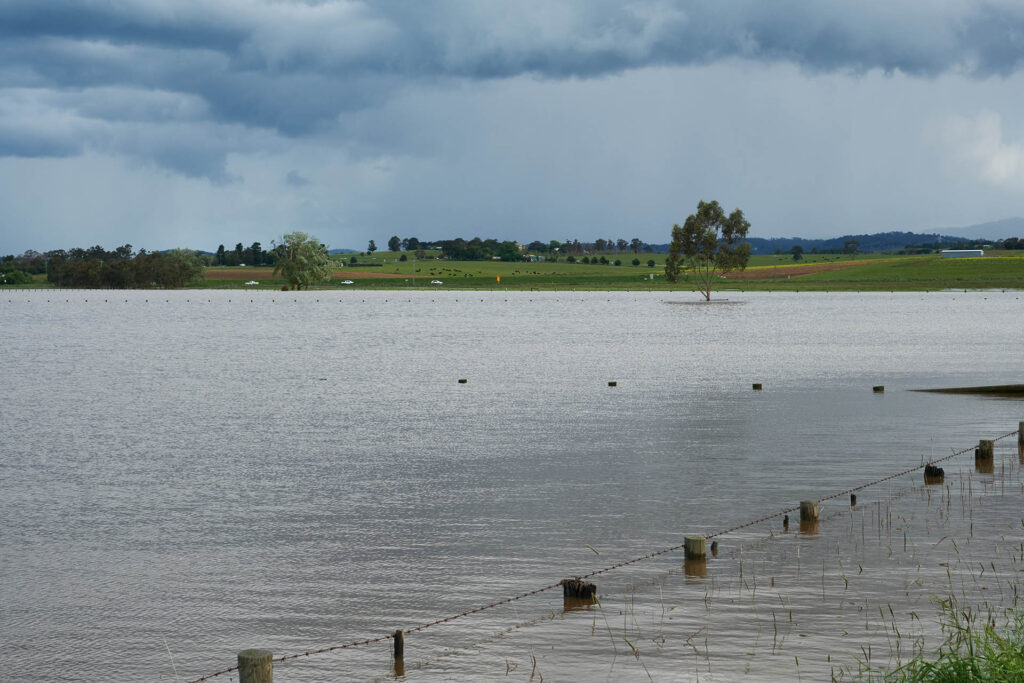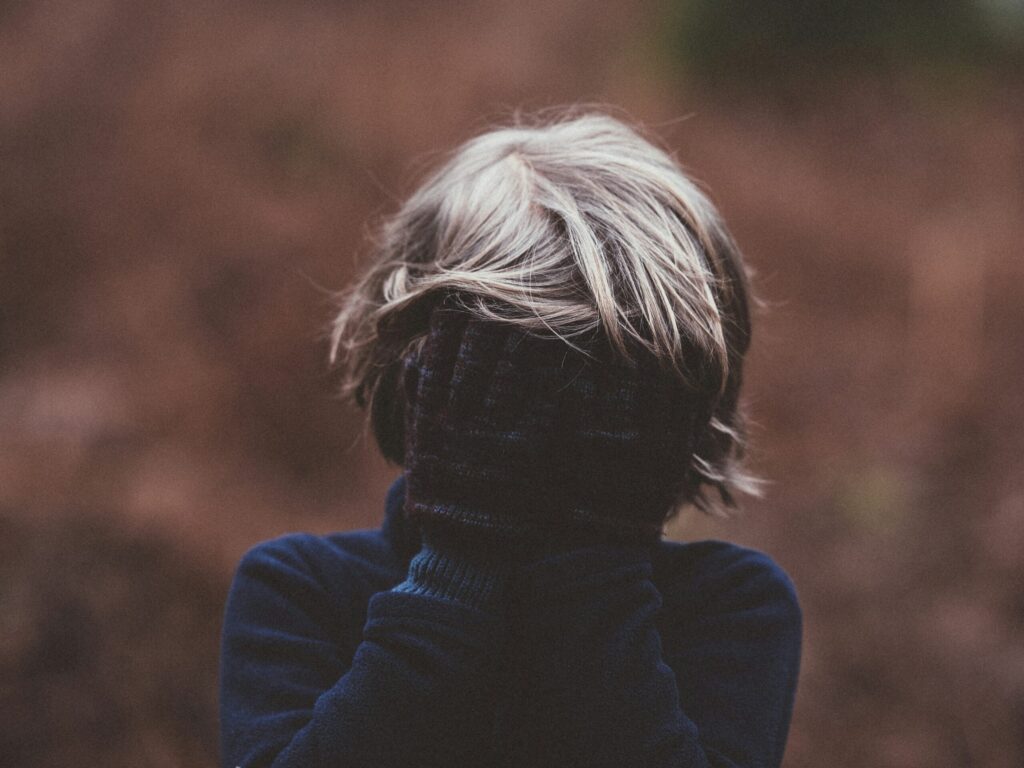Australia is increasingly affected by climate change. Children and young people, particularly in less developed and more disadvantaged communities, especially, are increasingly exposed to its effects, including worsening climate disasters.
In recent decades, human-induced global warming has increased the frequency and severity of extreme weather events, natural hazards, and disasters globally.
In Australia, this has manifested in increasingly frequent and intense heatwaves, droughts, bushfires, extreme rainfall, floods, and cyclones, especially over the last ten years.
With global warming only forecasted to worsen in the future, Australia urgently needs to provide more consistent and robust disaster support for children and young people in its most vulnerable communities.


Australia is increasingly affected by climate change. Children and young people, particularly in less developed and more disadvantaged communities, especially, are increasingly exposed to its effects, including worsening climate disasters.
In recent decades, human-induced global warming has increased the frequency and severity of extreme weather events, natural hazards, and disasters globally.
In Australia, this has manifested in increasingly frequent and intense heatwaves, droughts, bushfires, extreme rainfall, floods, and cyclones, especially over the last ten years.
With global warming only forecasted to worsen in the future, Australia urgently needs to provide more consistent and robust disaster support for children and young people in its most vulnerable communities.



Children and young people are increasingly exposed
to climate disasters. They are also more vulnerable to the impacts of climate disasters.
Being at an earlier stage of physiological and cognitive development, children and youth are less equipped to deal with the physical stresses and trauma of disasters.
If left unaddressed, these impacts can have medium and long-term consequences, including mental health issues, reduced livelihood opportunities, and homelessness.
Children and young people are increasingly exposed
to climate disasters. They are also more vulnerable to the impacts of climate disasters.
Being at an earlier stage of physiological and cognitive development, children and youth are less equipped to deal with the physical stresses and trauma of disasters.
If left unaddressed, these impacts can have medium and long-term consequences, including mental health issues, reduced livelihood opportunities, and homelessness.

people killed
homes damaged
education facilities affected
people impacted
LGAs impacted
worth in insured losses
people killed
homes destroyed
of land burned
children impacted
worth of damage done to farmers’ livelihoods
“The bushfires [this summer] in Australia were horrific. These catastrophic disasters aren’t going to stop. In fact they are only going to get worse as time progresses without action being taken. It is the responsibility of every single person to do everything they can to reduce the impact of climate change.
Everyday people are trying their hardest to do their best, but until huge corporations and governments all around the world take action, this crisis will only get worse. Responsibility to fix this global crisis is falling on youth, because we are the ones growing with this as our reality.
It makes me angry. It makes me anxious. I am tired of being angry and anxious about this huge problem especially when I feel so small and powerless. Please, do something.”
children and young people experience a disaster in an
average year.
This figure is equivalent to
children and young people experience a
disaster in an average year.
This figure is equivalent to

and is only likely to increase
with more frequent and severe
natural hazards.
and is only likely to increase with more
frequent and severe natural hazards.

Regional or remote areas.

Lower socio-economic backgrounds

First Nations communities

to finish year 12 later in life.

to experience psychological distress.

to experience homelessness.
A nationally consistent approach towards supporting children and young people prepare for and respond to disasters
A risk-informed approach to disaster recovery and resilience-building for children and young people
Disaster recovery and resilience-building funding should be sensitive to the unique needs of children and young people
Future studies on disasters should focus on a wider range of outcomes, such as domestic and family violence, nutrition, respiratory issues, and other stress-induced conditions
This report conducted one of the first studies to focus on children and young people’s unique needs after a disaster in Australia.
Find out more about the impact of disasters on children and youth and how we can better prepare our next generation for future crises.